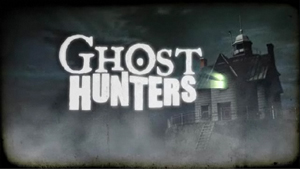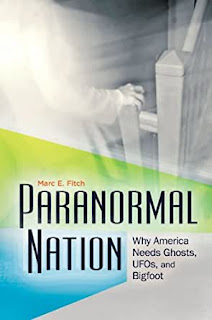Research Blog #8: Case
The chief example I use to illustrate my argument and explain my frame is the episode of Ghost Hunters that I watched (season 8 episode 11, “The Princess and the EVP”).
In this episode, the Ghost Hunters visited a supposedly haunted hotel called the Omni Mount Washington Resort. The Ghost Hunters then proceeded to set up their ghost-hunting gadgets and jumped at every faint sound or movement out of the corner of their eyes, despite their logical explanations about why they might see movement due to the room designs or why they might hear sounds due to the weather and architecture. They even acknowledged that EMF meters are prone to false positives. However, the Ghost Hunters still used their gadgets to legitimize their investigation to themselves and their viewers. This illustrates my frame of the “naturalizing” effect, which asserts that the use of scientific jargon and complicated-looking technology falsely convinces people into confusing fake science with actual science. I only really used the episode itself as my source of material, but looking back, I think I will rewatch and take some additional notes. I recall most of the information/events from the episode, but I think I should add more and elaborate on some details of the episode. In addition, I would like to add another case to my paper; I believe the original Ghostbusters film would also serve to illustrate the “naturalizing” effect well, as people can easily attribute the beginnings of “scientific” ghost-hunting to Ghostbusters.
I wasn’t able to find any particularly reliable sources about the Omni Mount Washington Resort, but here is a link that gives a little bit of background on it:
https://www.hauntedrooms.com/new-hampshire/haunted-places/haunted-hotels/mount-washington-hotel
Here is a link to the episode of Ghost Hunters that I watched:
https://www.dailymotion.com/video/x6ul8ta



Comments
Post a Comment